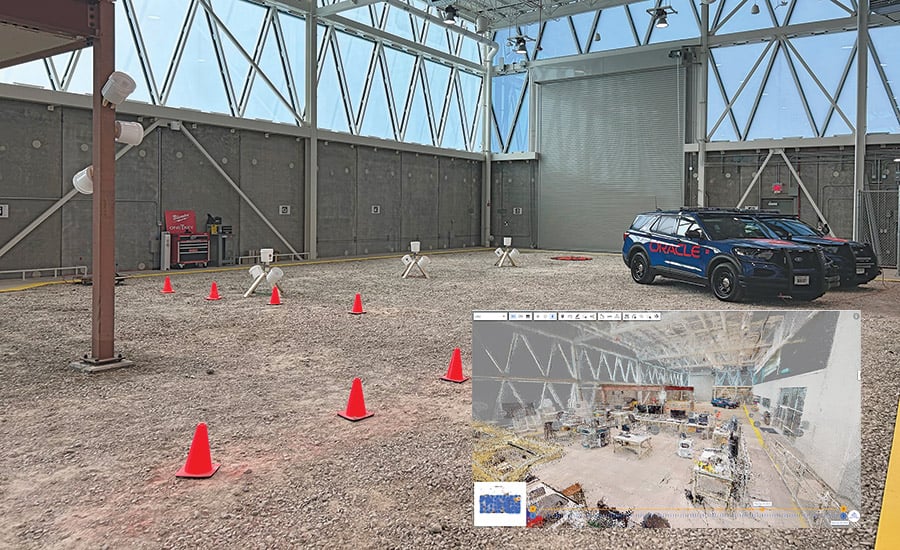Reality capture has emerged as one of the most valuable technologies for not only documenting and communicating a construction project’s progress and quality, but also assessing as-built conditions during a completed structure’s lifecycle. Still, every construction project is unique, and so are the tools, processes, teams, and budgets available to stakeholders. What’s more, each reality capture solution—from smartphones to laser scanners—offers a different visual deliverable at a different speed and cost. As a result, attempting to select the best reality capture tool for a given job can prove challenging for even the most innovative architecture, engineering, construction, and operations firms.
To provide construction stakeholders clarity about what reality capture tool is best for which use case, Reconstruct recently partnered with Oracle Construction and Engineering and other construction and technology leaders, including Faro, Skydio, Clayco, and Pepper Construction. Together, we conducted an experiment in Oracle’s Industry Lab in Chicago to answer the following questions:
- How do you choose which reality capture tool, process, and team is right for a certain job?
- If you don’t have the tools, time, or resources to use the best-suited reality capture tool, how can you maximize the value and results of the tools and resources you actually have on hand?
By conducting this experiment in a simulated construction environment, we could test the most popular reality capture tools against the most common use cases and confidently analyze the results. Along with our partners, we compared the capture, post-capture, and processing phases of each reality capture tool to assess the data, repeatability, effectiveness, and efficiency of each method across every applicable use case. During the capture process, we recorded key insights, including capture process, time to capture, level of skill required to capture, and more. When it came to capture processing and capture results, we compared levels of resolution, quality of visuals, ease of use, and cost of capture. We also compared each reality capture tool’s deliverables by processing them using Reconstruct’s reality mapping and photogrammetry engine, ensuring we could achieve a similar virtual and measurable walkthrough experience from the input reality data when merged against 2D design and 3D BIM.
Equipment tested during the experiment included:
- Stationary laser scanners (e.g., Faro, Leica, Trimble)
- Mobile laser scanners (e.g., Navvis)
- Laser scanner-mounted robots (e.g., Boston Dynamic Spot)
- Structured light devices (e.g., Matterport
- 360 cameras (e.g., Ricoh, Insta)
- Smartphones (iPhone, Android)
- Drones (e.g., Skydio, DJI)
Use cases considered during the experiment included:
- As-built documentation for marketing and design in the real estate industry
- Surveying structures during installations
- Survey-grade Quality Assurance/ Quality Control (QA/QC)
- Everyday QA/QC)Construction progress tracking
- Scan2Drawings, i.e., the process of using scan data to create as-built drawings
- Scan2BIM, i.e., the process of using scan data to create a Building Information Model (BIM)
- Safety inspections
- Logistics planning
Key takeaways from the experiment include:
- Quantitative, detailed comparisons of the most popular reality capture methods on the market.
- Recommendations on the best use cases and workflows for each reality capture method.
- Precise assistance in selecting the right reality capture tool, process, and team for your next project.
- An in-depth evaluation of the importance of using the right process and teams to satisfy the needs of certain use-case scenarios with existing tools.
- Updates about technological advances and how to achieve a consistent virtual walkthrough experience using all forms of reality capture while integrating them against design.
To view the experiment findings, review:
Learn how Reality Capture can help your next project.
Get your demo today!


.gif)
